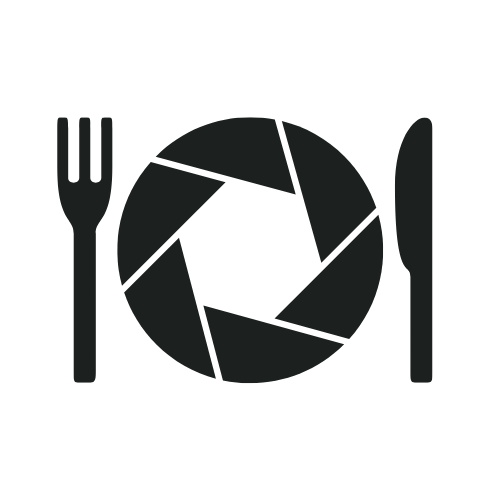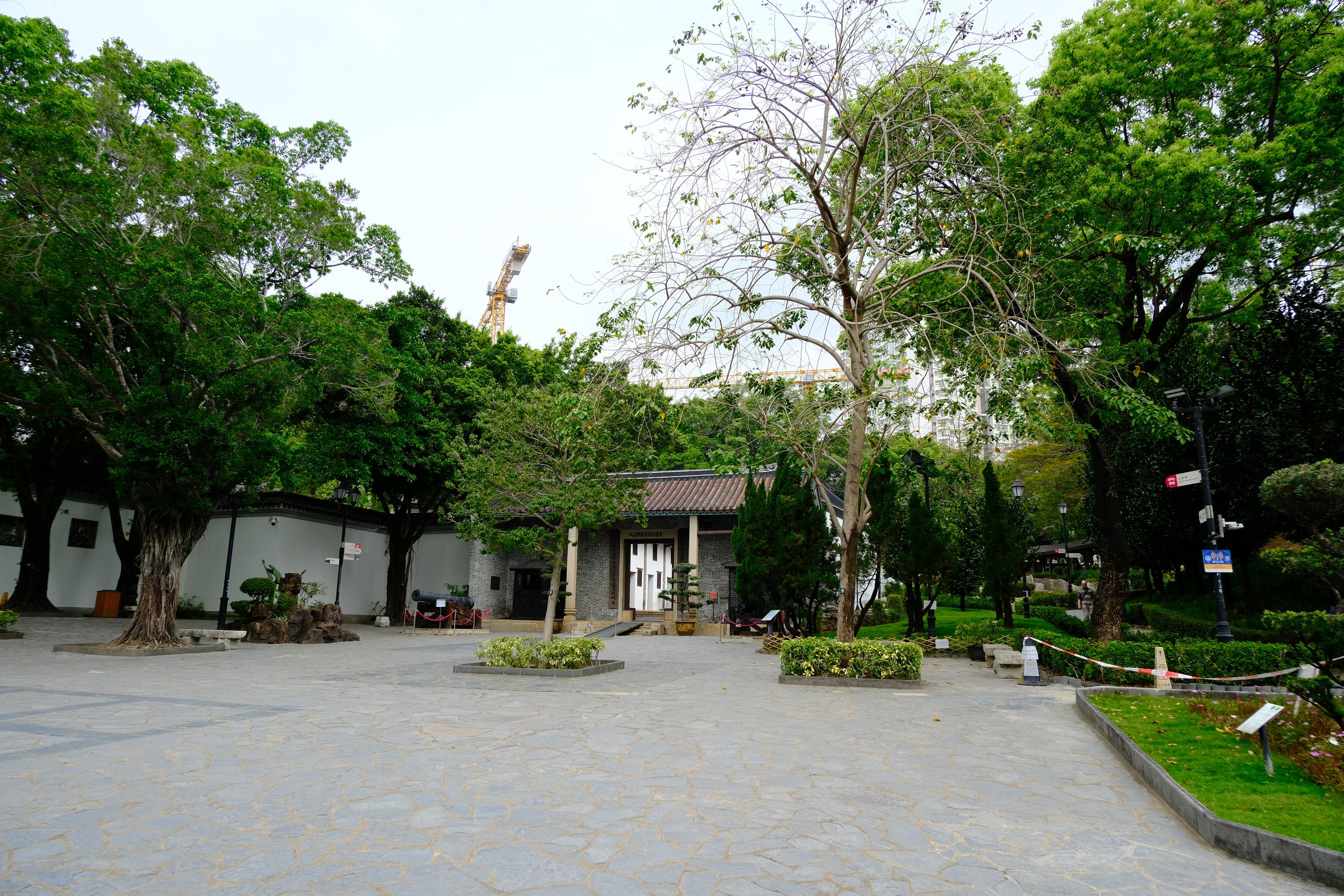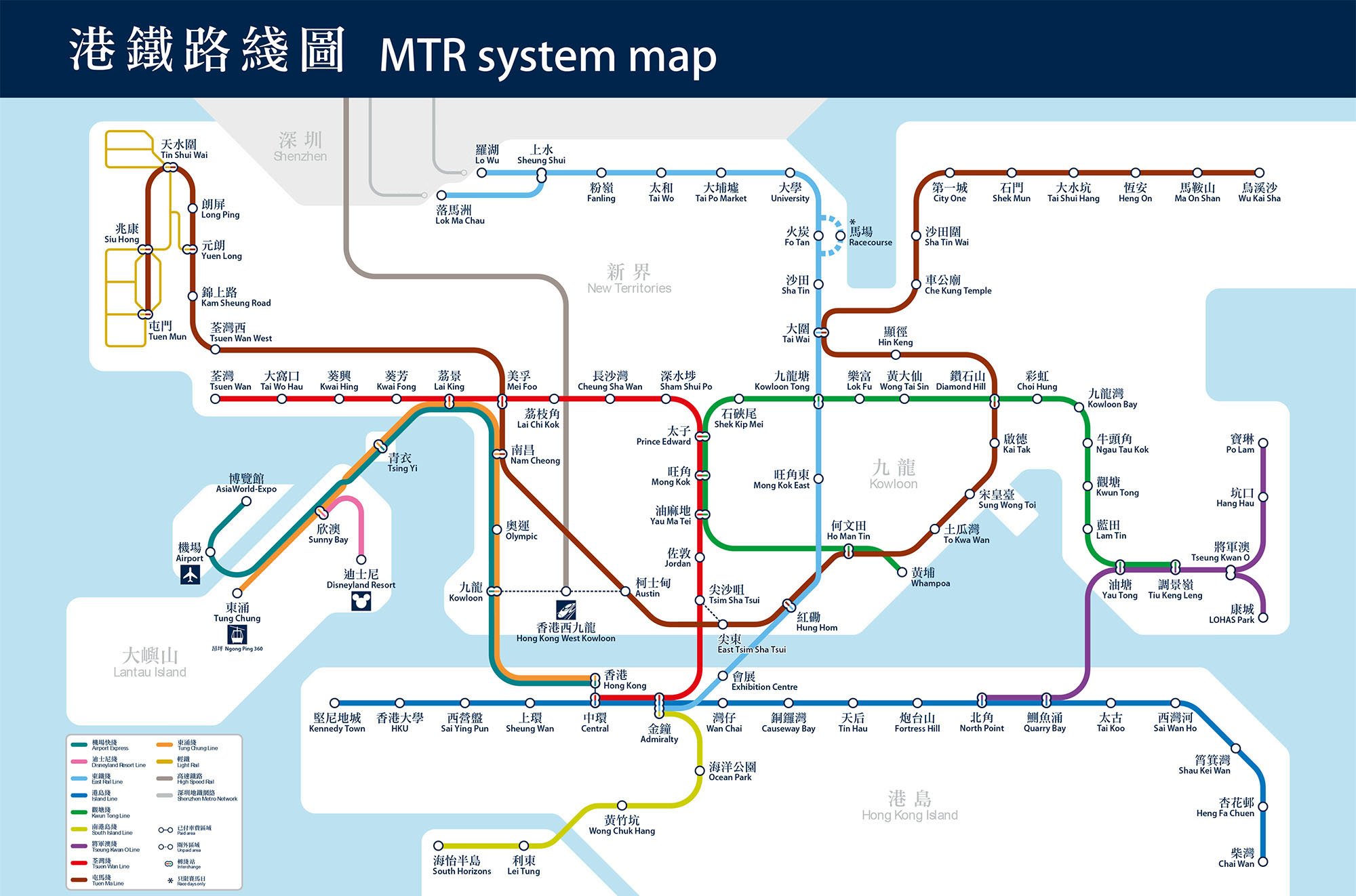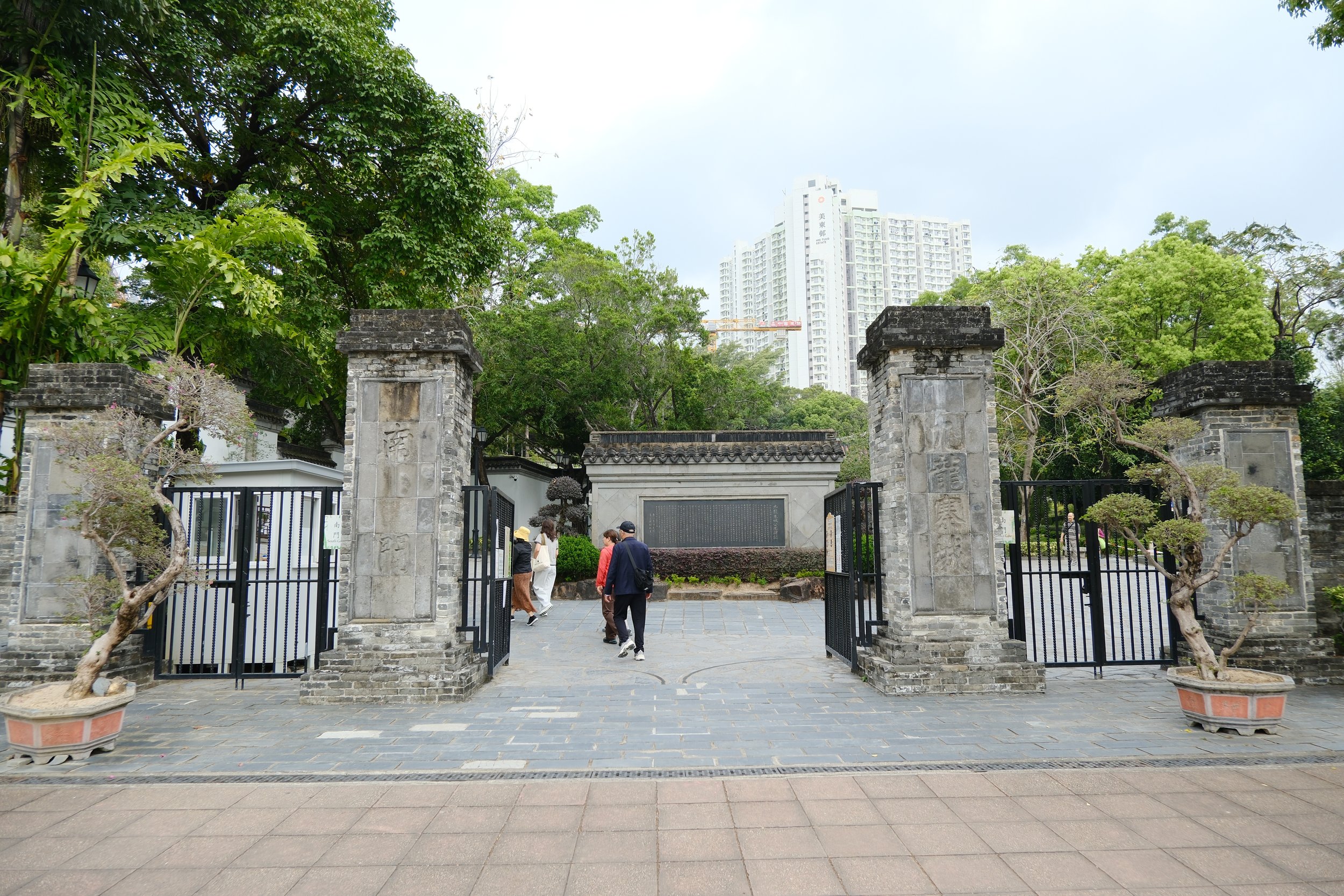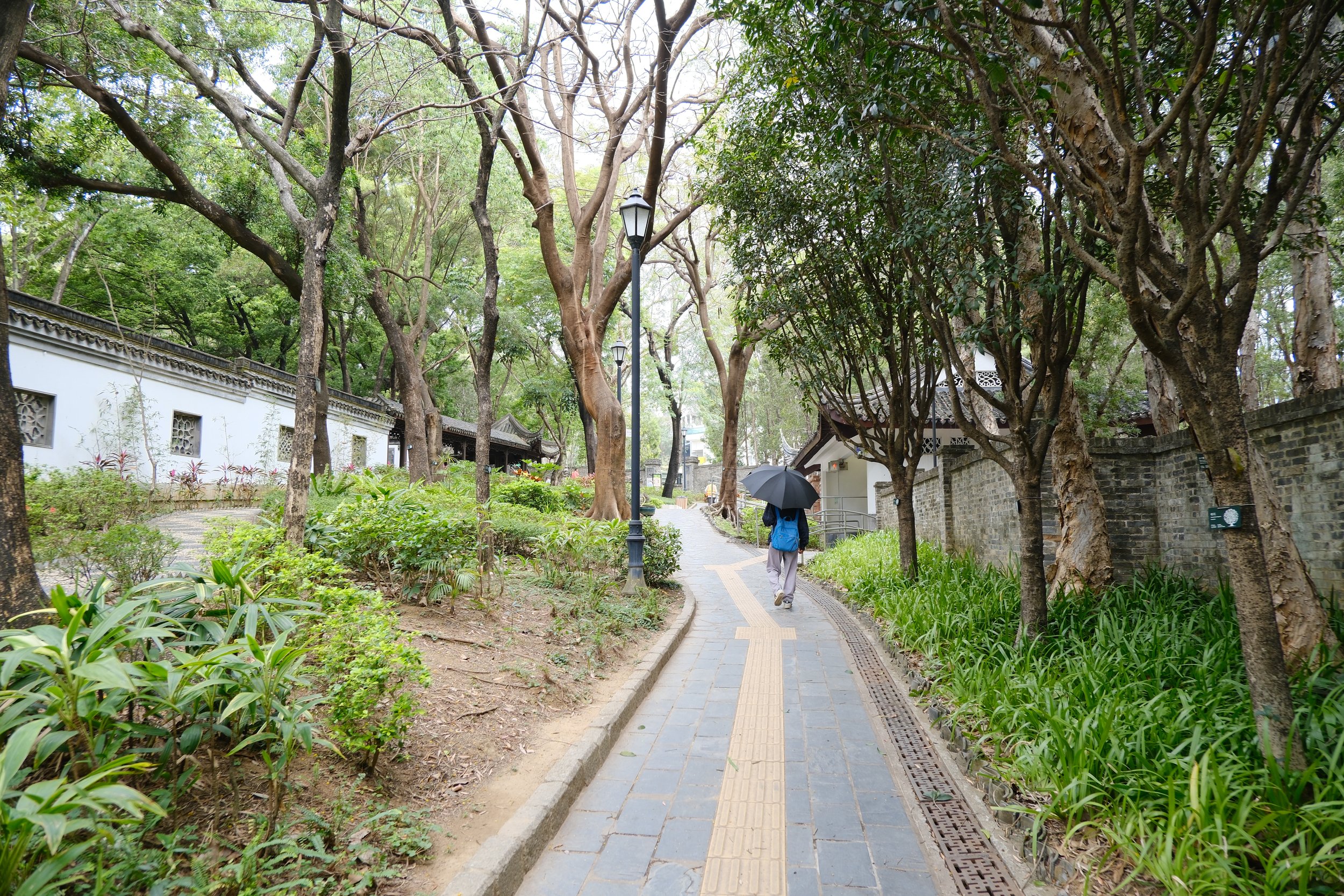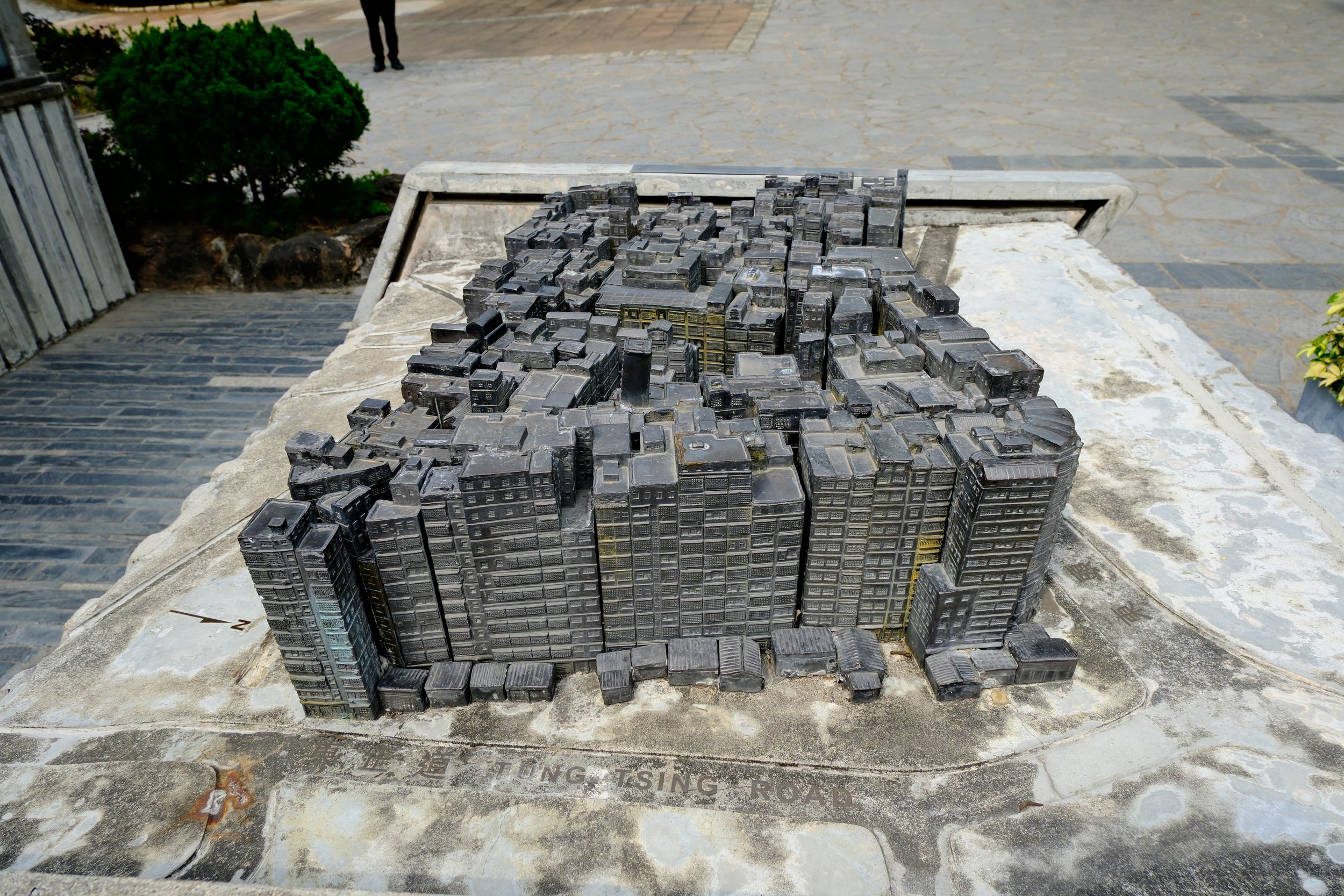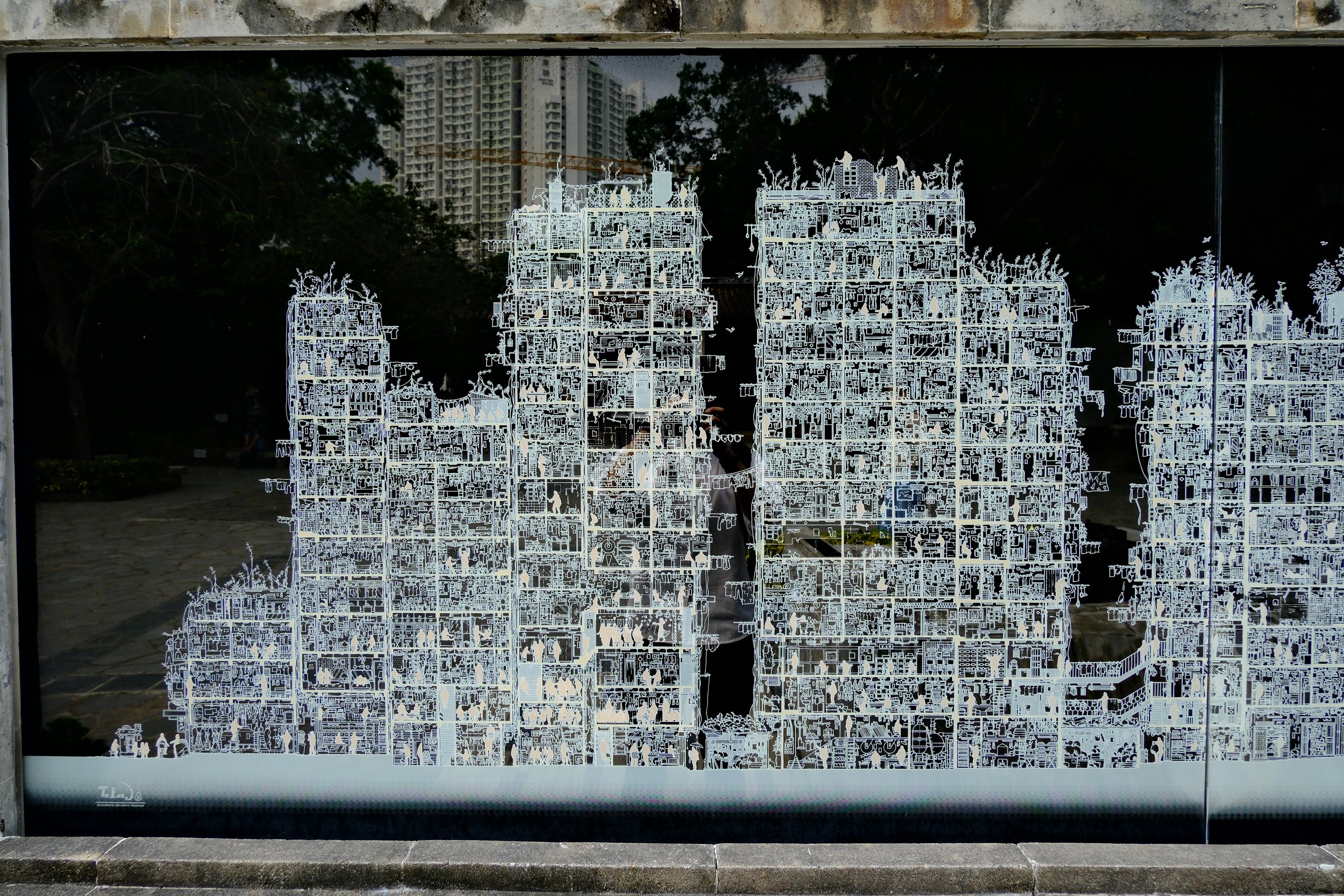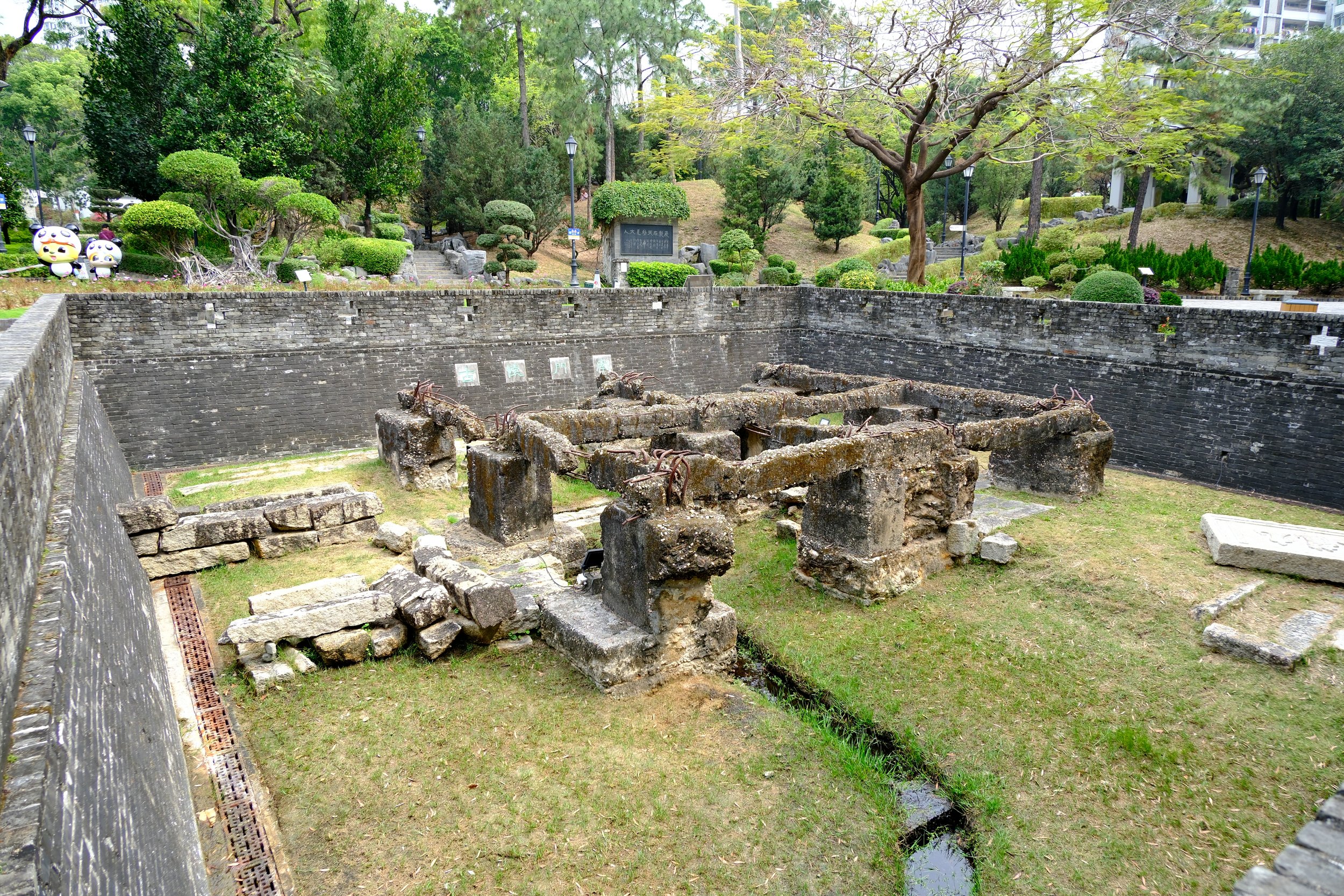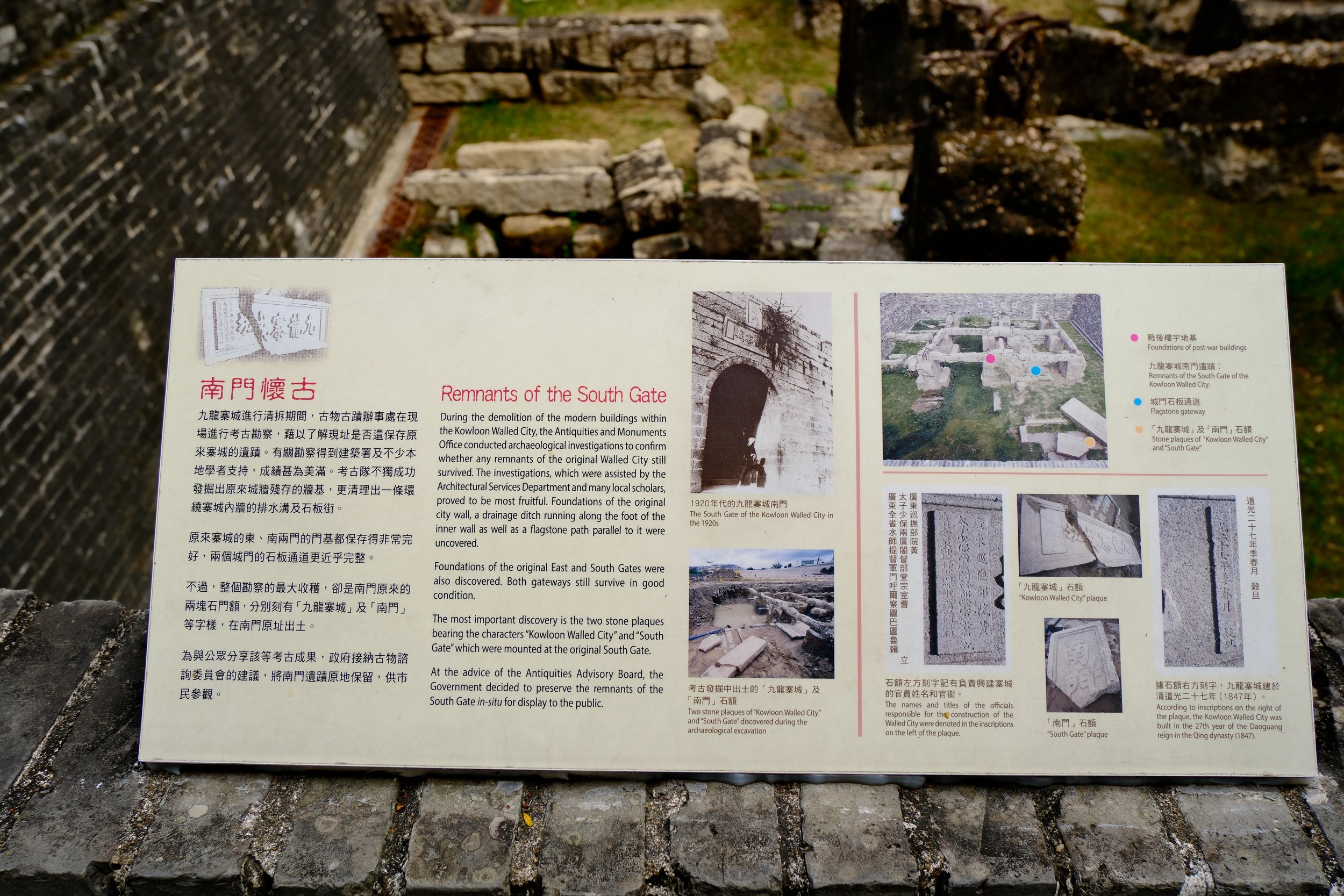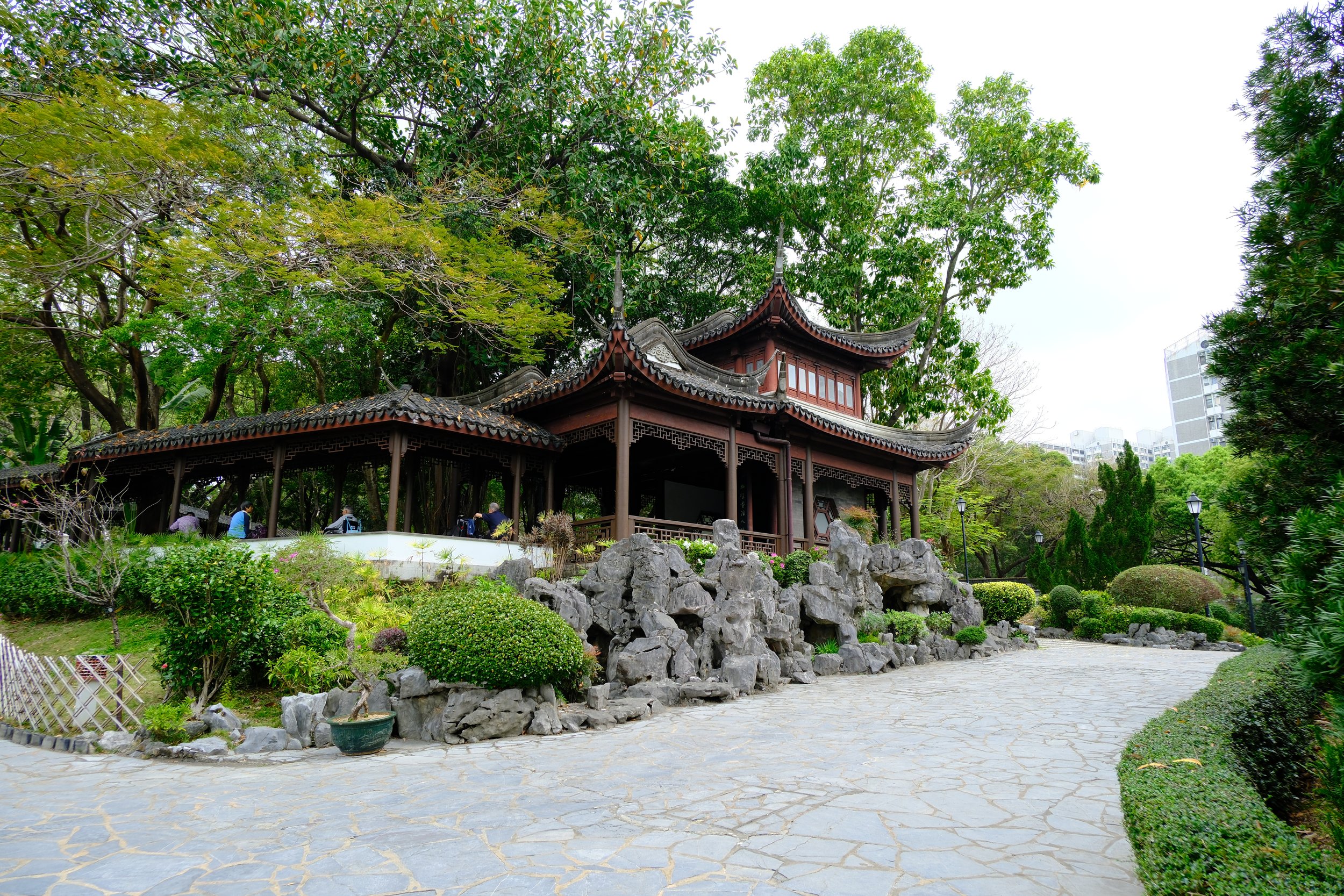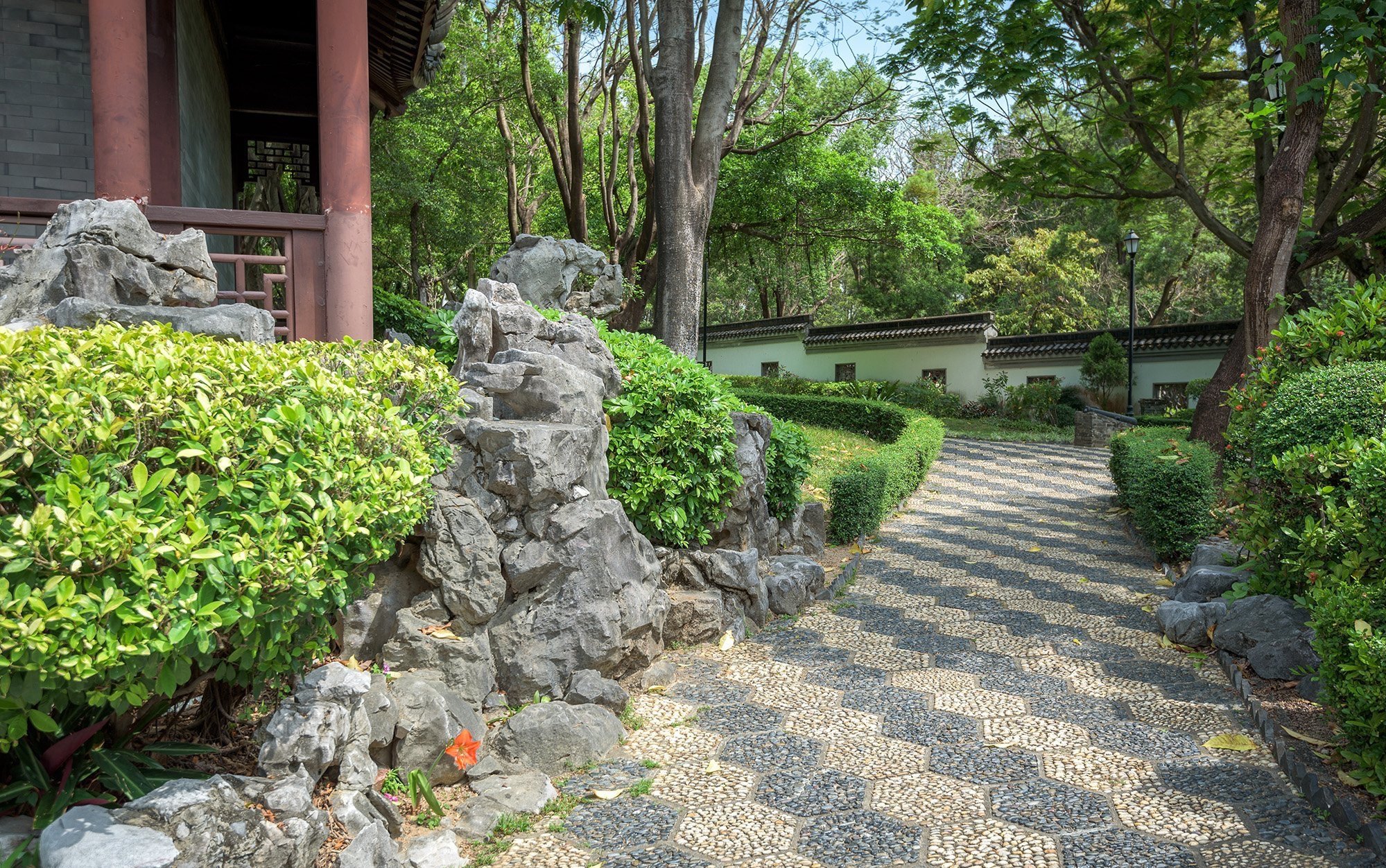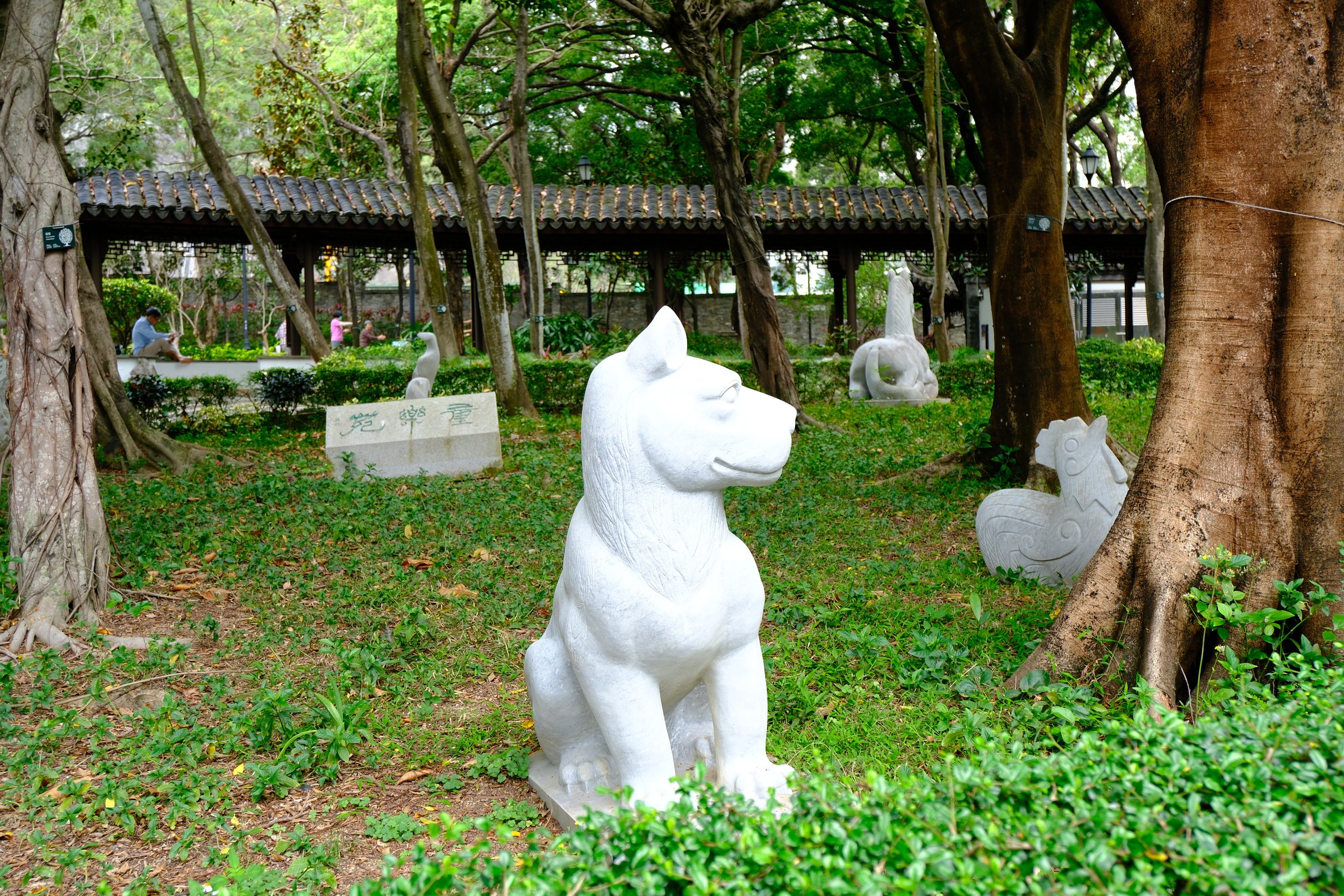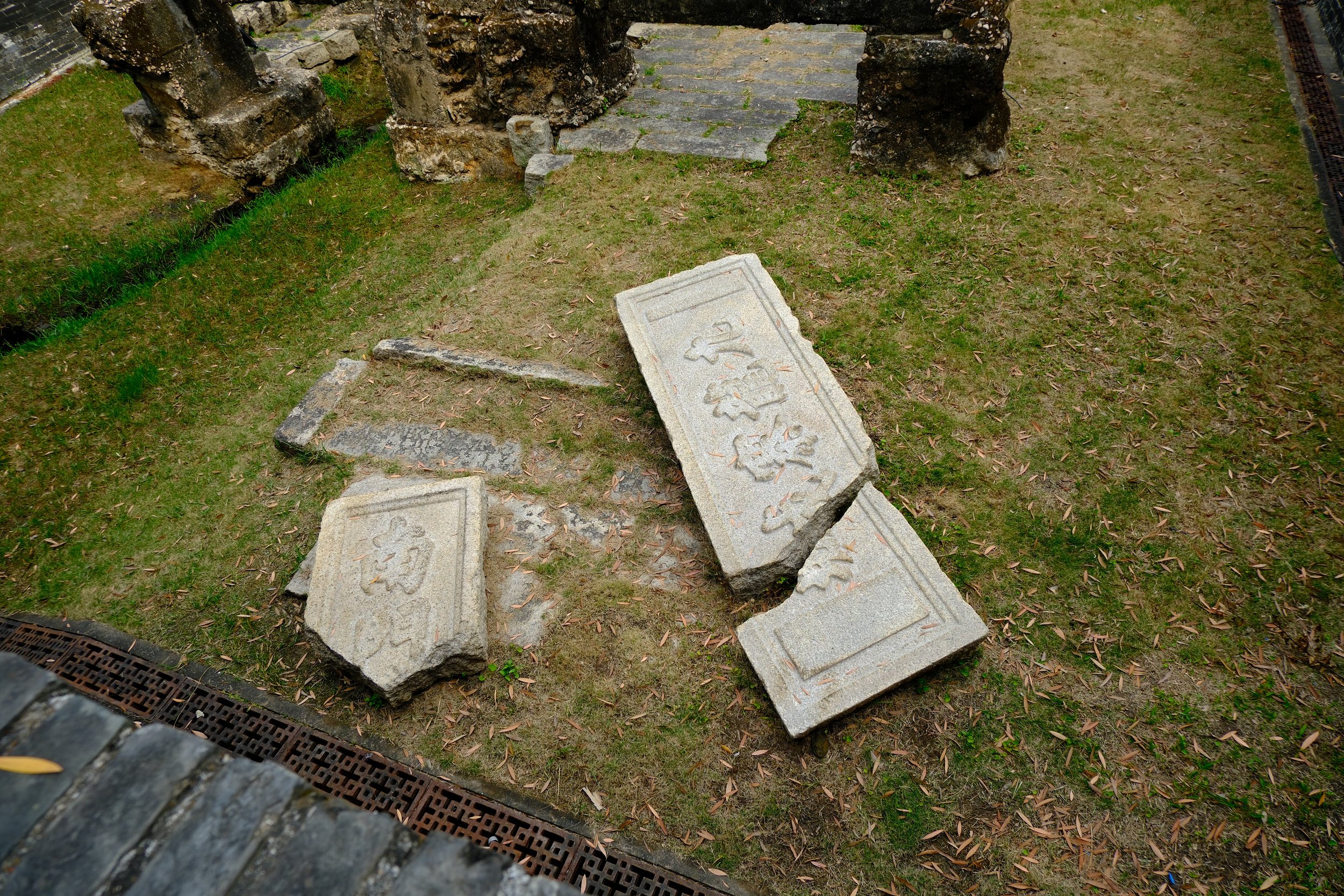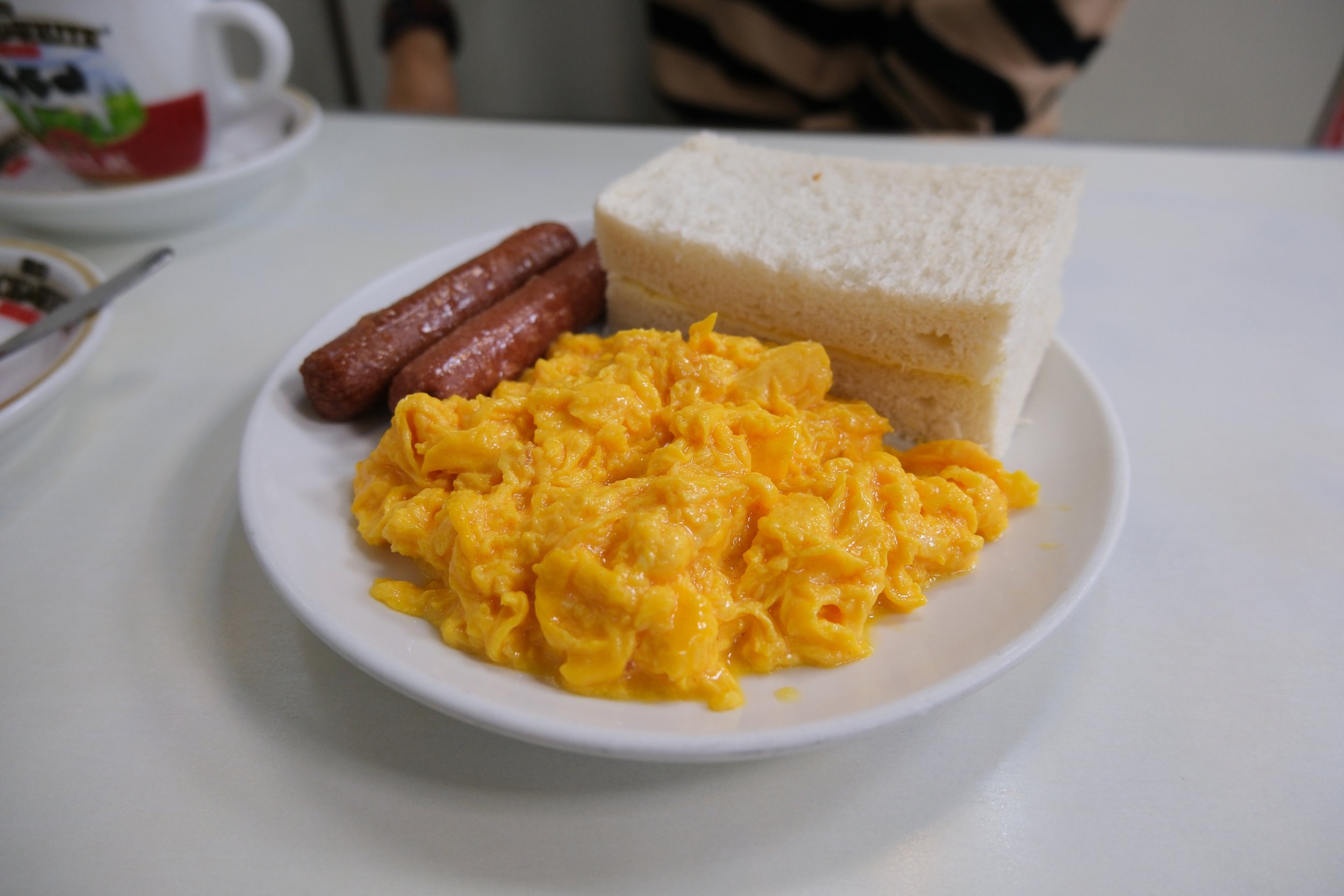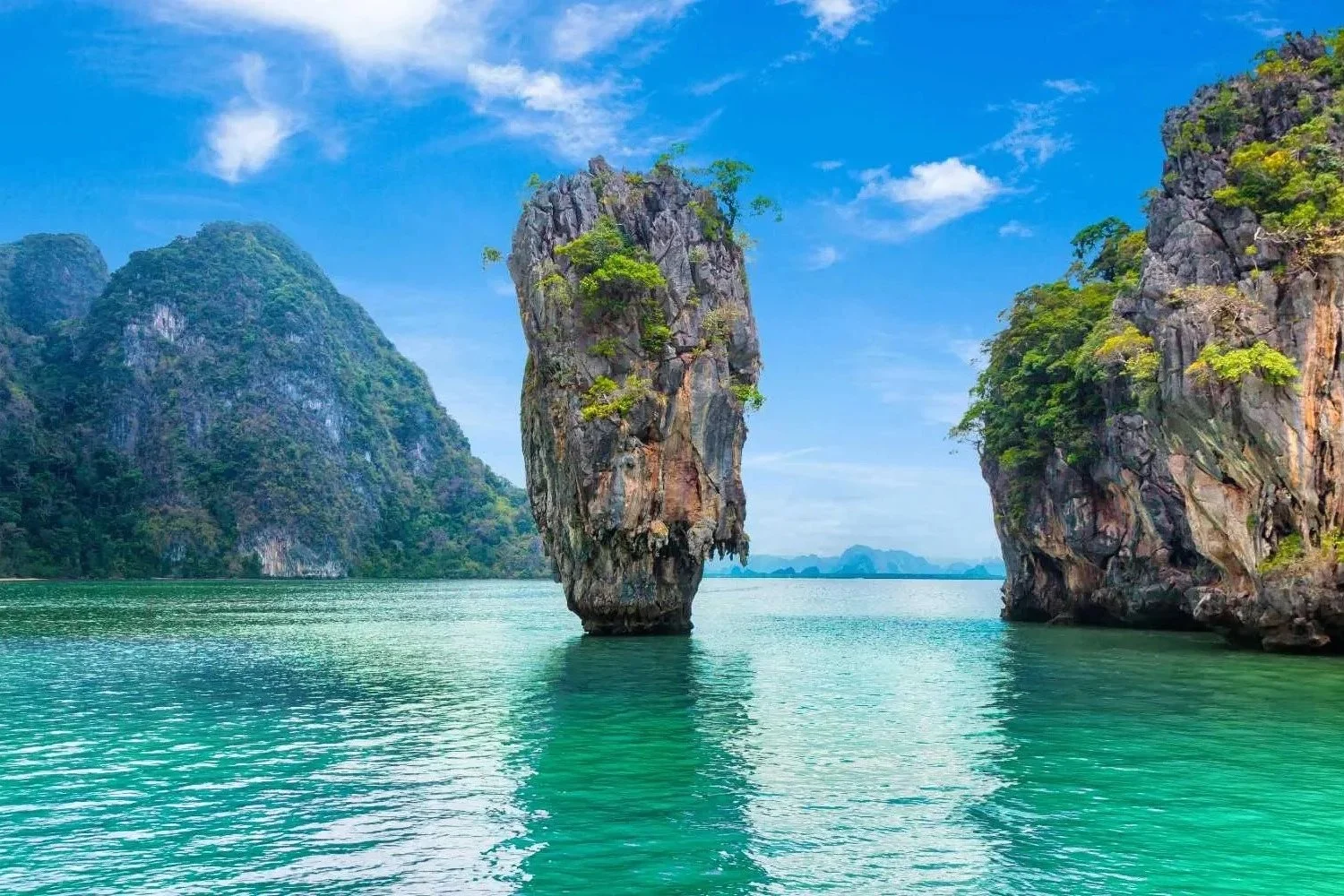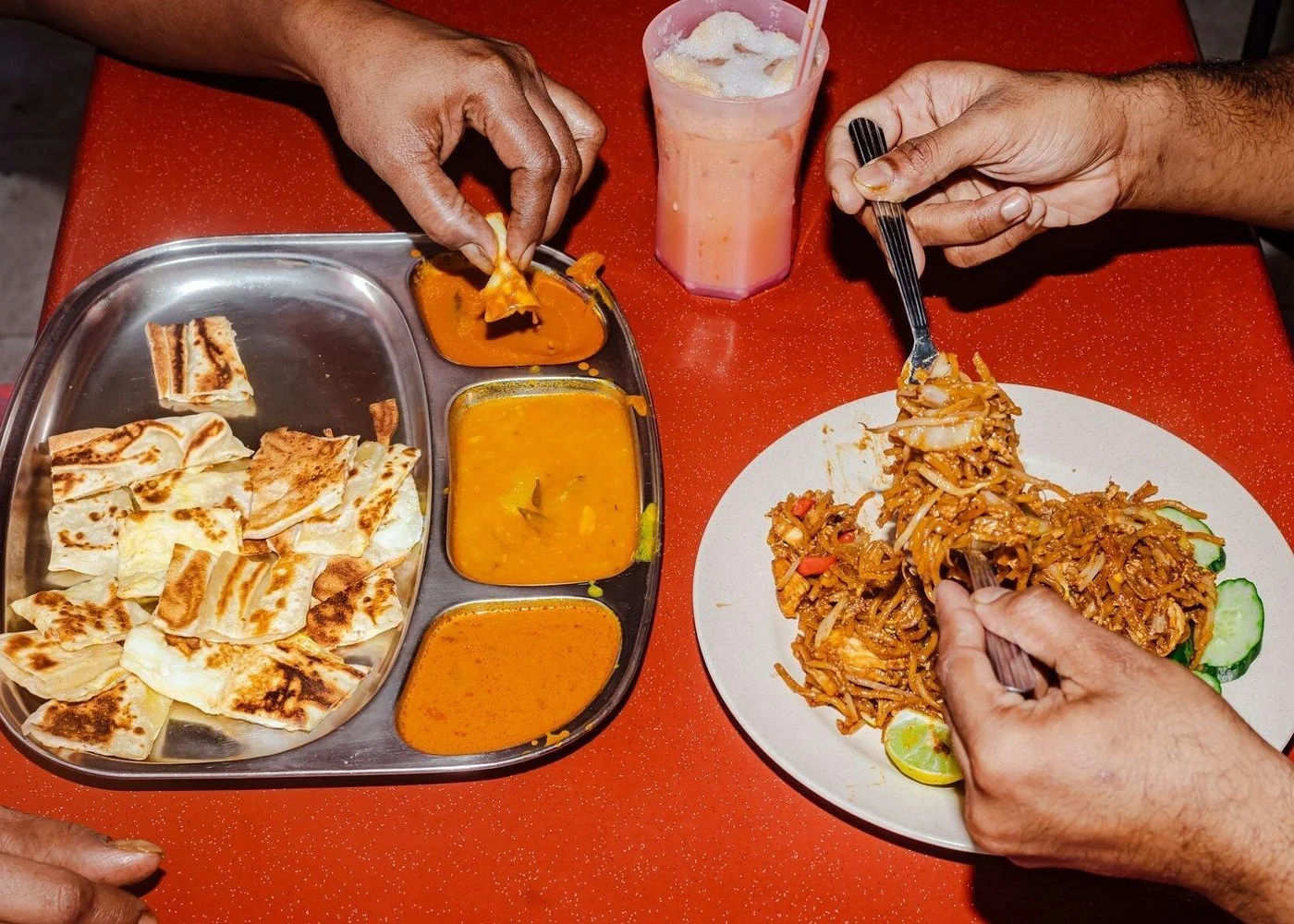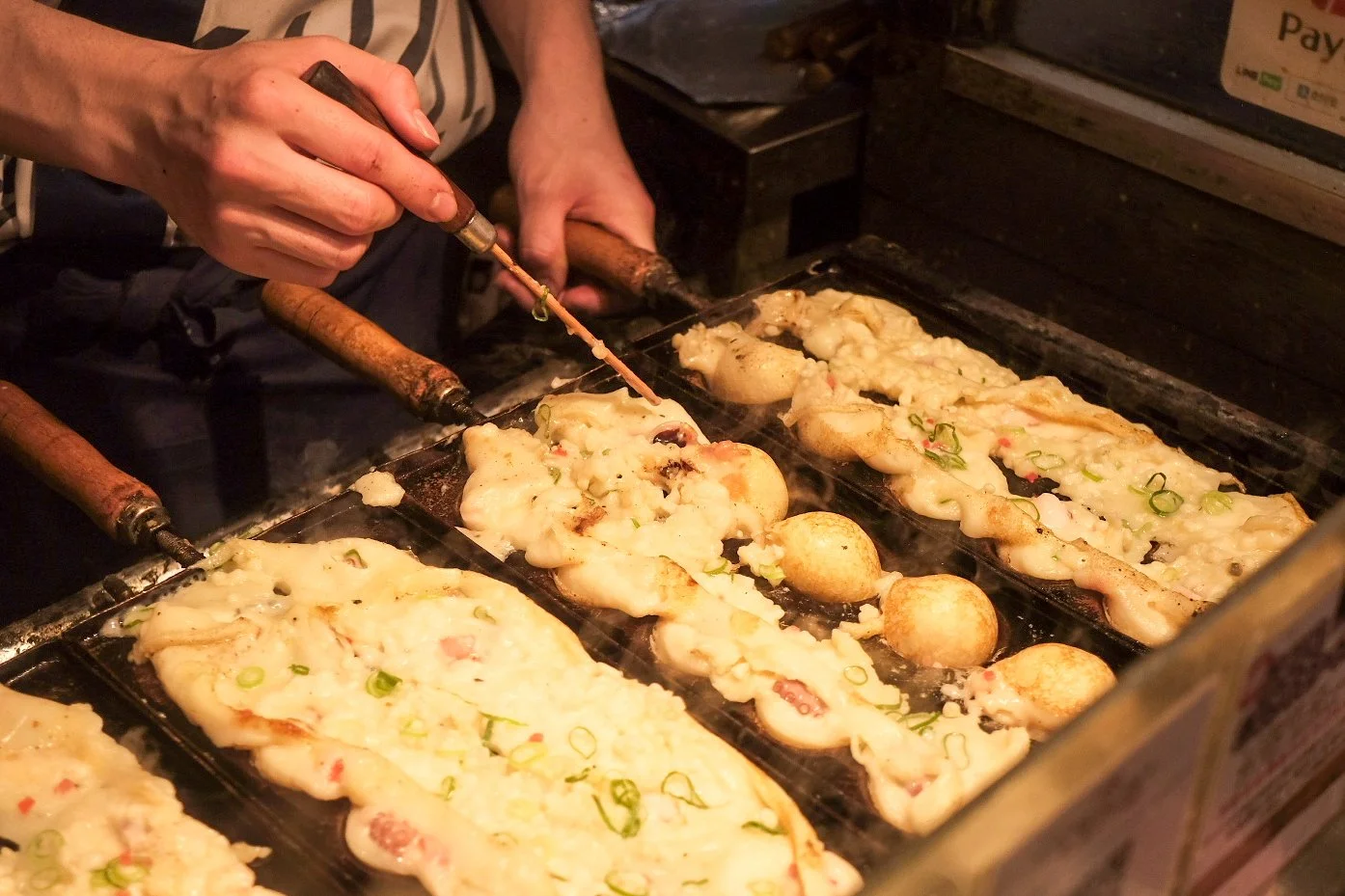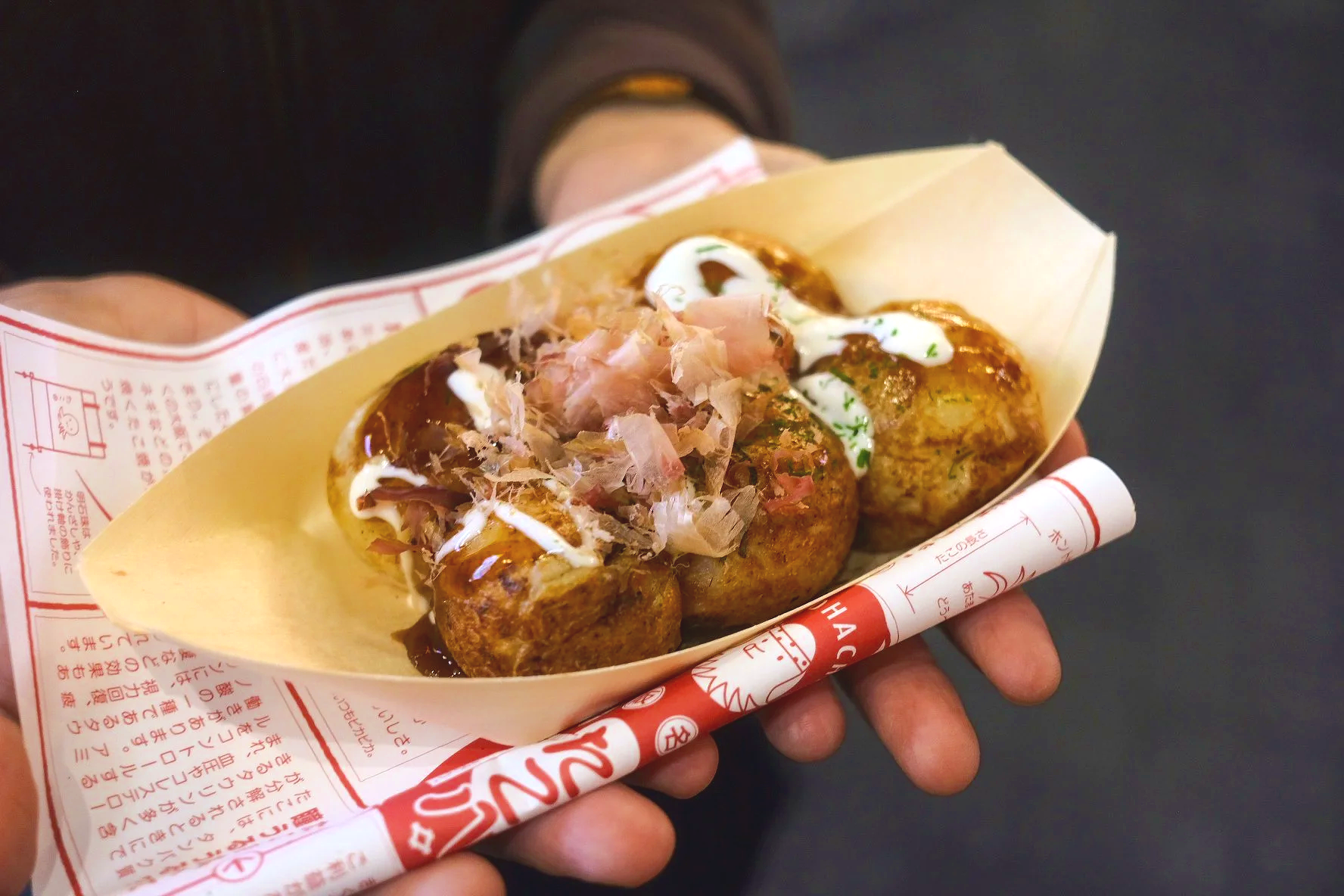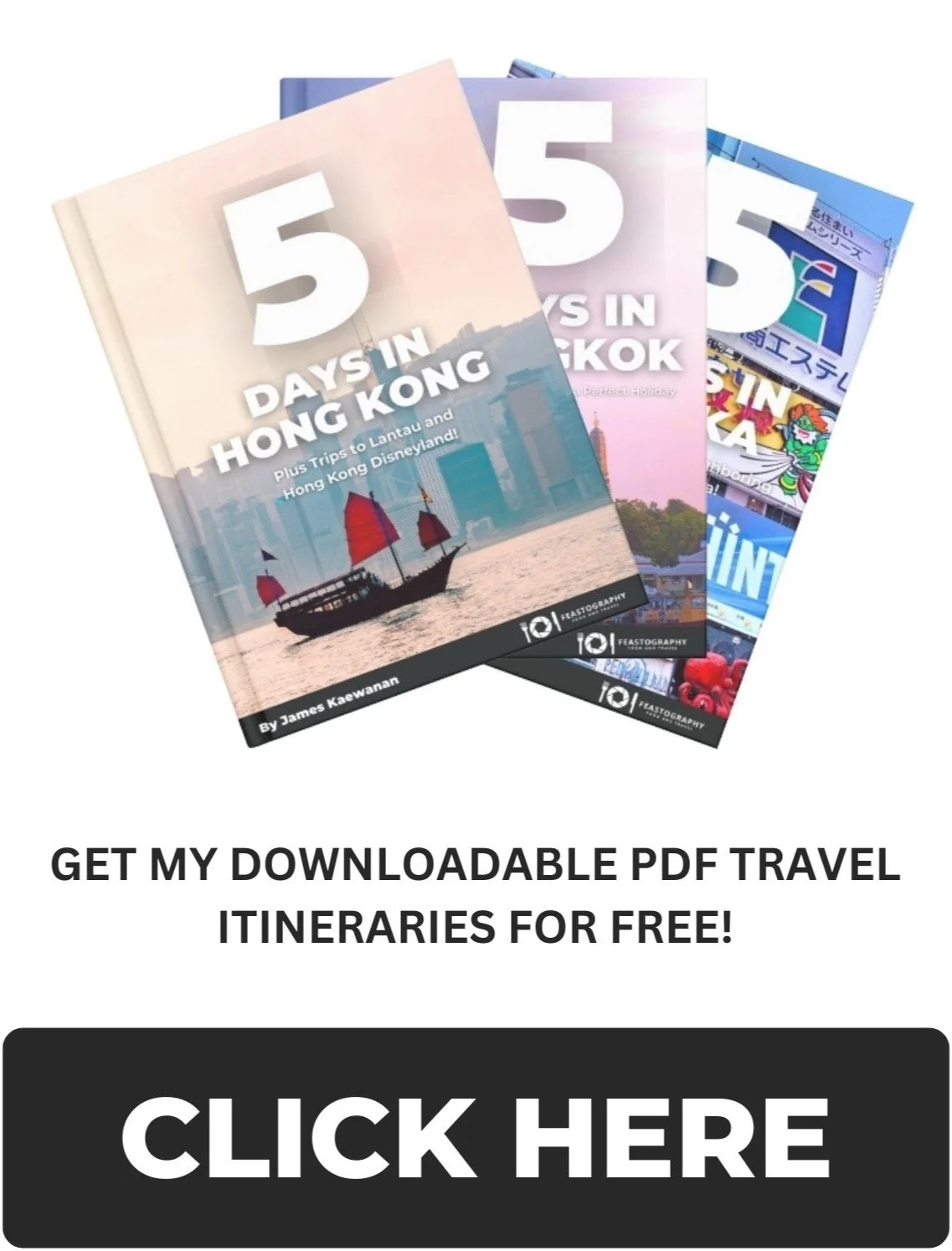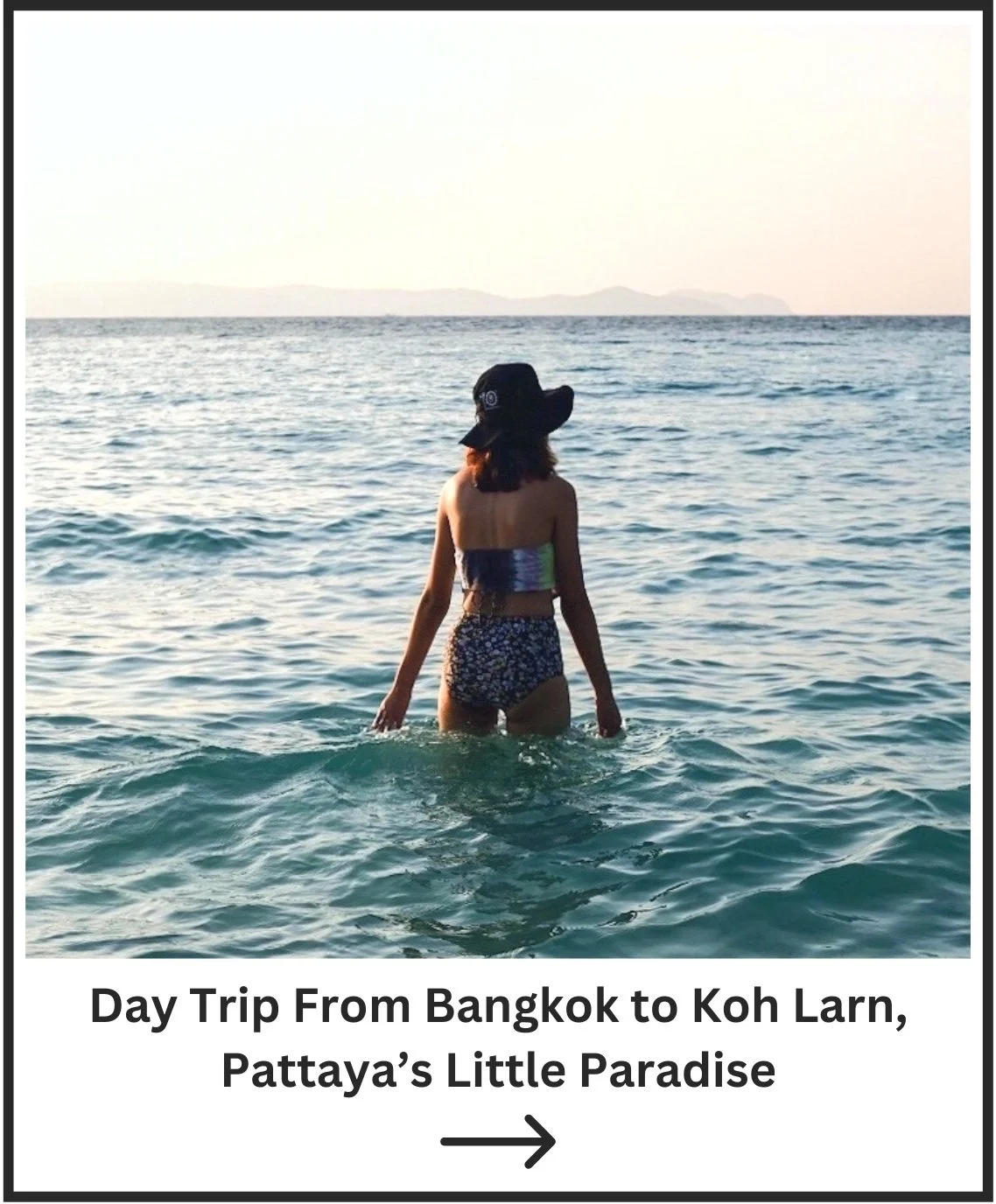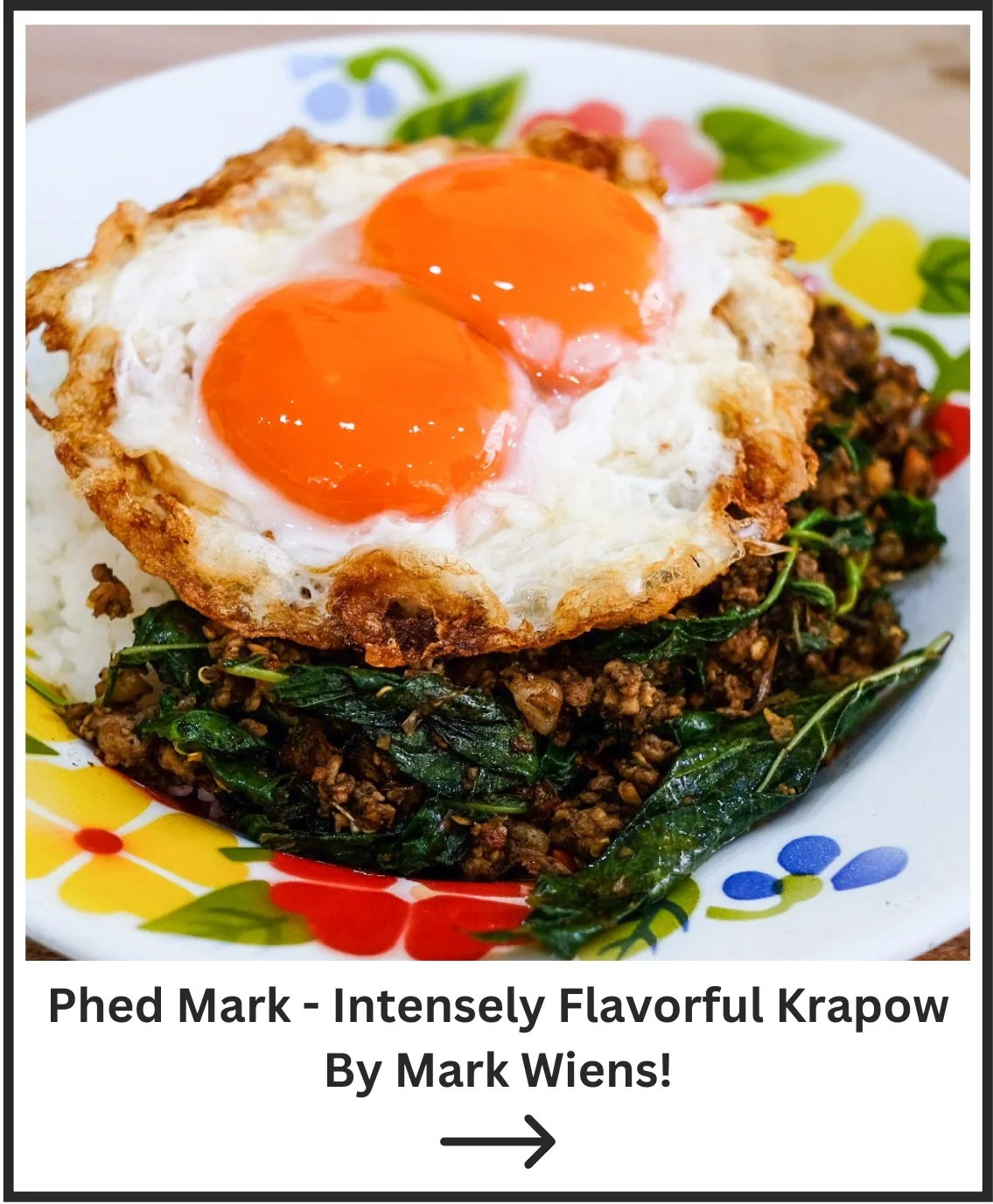Guide to Visiting Kowloon Walled City Park: Dark History, Secrets & How to Visit
So much greenery at a place that used to be so grey
I’ve been to Hong Kong many times when I was young, but never got the time to properly explore the city. But on my recent trip I finally had an opportunity, and the first place I wanted to go on my Hong Kong Itinerary was the fascinating remnants of Hong Kong’s dark past, the Kowloon Walled City Park.
The Kowloon Walled City was once the most densely populated places on Earth, and the history behind this “City of Darkness” has always captivated me. I wanted to know how people lived in the cramp walls, I want to know what led to the destruction of this once thriving underground population.
So join me today as I bring you to explore the Kowloon Walled City Park, where you and I can learn all about Hong Kong’s most fascinating historical site!
Check out my Other Hong Kong Blog Posts
Ultimate 5 Day Hong Kong Itinerary for the Best Things to Do, Eat, and See
Ultimate Hong Kong Cha Chaan Teng Guide + Best Places to Eat!
Affiliate Disclaimer: This page contains affiliate links. By clicking on the links and purchasing the product, I will receive a partial commission at no cost to you. All of these products are ones that I fully trust and recommend with my heart. Thank you for your support!
History of the Kowloon Walled City Park
The Kowloon Walled City during it’s peak in 1990
OK guys strap in, I’m gonna share with you a little history lesson but I think this is important to be able to understand the context of this historical site, as the Kowloon Walled City was actually a big part of Hong Kong’s history. Knowing the history of the Kowloon Walled City Park will also make you appreciate it so much more.
Alright so, originally the area was used as a military fort, but sometime in the 19th century, the current reigning Qing Dynasty leased the territory to the British Empire during the initial days of the British colonialism of Hong Kong. However, the fort was not included in the lease and so over many decades the structure was abandoned and fell into disrepair because no one had the jurisdiction to do anything about it.
The living conditions inside the Kowloon Walled City is terrible, yet many call it home
By the mid 20th century the area had been given the nickname of the “City of Darkness” and the city had become a magnet for those seeking refuge, opportunity, or simply a place to disappear. The Kowloon Walled City managed to become the densest place on Earth and at its peak roughly 50,000 people call this 6.4 acres land their home.
The living conditions were so poor within the Kowloon Walled City. The buildings, if you could even call them that, were like those Japanese capsule hotels stacked on top of eachother. Stairwells doubled as communal corridors, and rooftops became shared spaces for everything from laundry to playtime. Ventilation was poor, and electrical wiring was often installed illegally, creating a real fire hazard. But somehow, it worked.
As relaxing as you can get within the confines of these tall grey buildings
With no official governance, the Kowloon Walled City operated with its own strange kind of order.
families ran noodle shops from their living rooms, dentists worked from kitchens, and children played on rooftops. Despite its terrible and inhospitable reputation, there was a deep sense of community within the maze of Kowloon Walled City. People looked out for each other, and generations grew up within the walls, in a way, it was really cozy.
The destruction of the Kowloon Walled City, it’s almost bittersweet
However by the early 1990s, the Hong Kong Government officially made the descision to demolish the Kowloon Walled city as safety and sanitation concerns were becoming too much. Though that was the “official” reason, I have a hunch that the real reason was to eradicate what had become a symbol of lawlessness, to make Hong Kong have a better image.
Demolition of the Kowloon Walled City began was completed in 1994. Today, all that remains of this infamous city is a the Kowloon Walled City Park that I will be exploring with you in this blog post.
This really is a fascinating topic (at least for me), if you would like to look more into the history of the Kowloon Walled City, I highly recommend checking out this YouTube Video by Neo, who goes into the general history and background of the city. There is also this YouTube Video by Dami Lee who discusses more about the architecture and community of the city. Both amazing videos.
Hotels Near Kowloon Walled City Park
I know huge, contrast to the dark and grey pictures above, but here is the pool at Royal Plaza Hotel
As opposed to staying in the Harbor area where the hotels are more expensive and transportation to the various attractions in Hong Kong can be a bit tricky, and unlike the bustling modern districts of Tsim Sha Tsui or Central, the Kowloon Walled City Park area is quieter and more laid-back with a more authentic local feel.
The neighborhood is also a hidden gem for foodies, there is this district called “Mongkok” which is home to an array of delicious local restaurants. Not to mention that transportation from the Kowloon Walled City area to the rest of Hong Kong’s attractions is easy thanks the nearby MRT station. Here are some hotels near Kowloon Walled City Park that I recommend:
Royal Plaza Hotel - A luxurious stay in Mong Kok with direct MTR access, spacious rooms, and a mall right downstairs.
Metropark Hotel Kowloon - A comfortable and budget-friendly choice with rooftop views and easy access to local neighborhoods.
Harbour Plaza 8 Degrees - A sleek and stylish hotel near Kai Tak, perfect for travelers wanting modern amenities and shuttle convenience.
How to Get to Kowloon Walled City Park
It’s not a long walk, transportation in Hong Kong is very convenient
Getting to Kowloon Walled City Park is surprisingly easy, you basically have 2 options that I would recommend: the Hong Kong (MTR) Mass Transit Railway or Taxi.
Getting to Kowloon Walled City Park by Taxi
An easy and convenient option is to take a taxi, though Taxis in Hong Kong are quite expensive with fares starting from 29 HKD. Of course the total fare depends on where you are starting from but expect to pay around 60-100 HKD for a taxi.
Just inform your taxi driver that you’re heading to the “Kowloon Walled City Park” or show them the location Google Maps.
Getting to Kowloon Walled City Park by MTR Train
For such a small territory, Hong Kong has an extensive metro system
I personally took the train to the Kowloon Walled City Park, it’s very easy. You’ll want to hop on the reddish brown Tuen Ma Line train and hop off at the nearest MTR station to the Kowloon Walled City Park which is Sung Wong Toi Station, be sure to leave the station through exit B2. From there it’s a brisk 10 minute walk to the park’s entrance.
By the way, the walking path will take you through the many alleys of Nga Tsin Wai Rd, where you can find a lot of great local Thai, Chinese, and Islamic restaurants. I had the absolute best Hong Kong Style breakfast scrambled eggs at a famous Cha Chaan Teng (Hong Kong style cafe) there before I head to the Kowloon Walled City Park.
If you’re planning to use the train to explore Hong Kong, it’s worth it to purchase an Octopus Card. These are refillable cards that you can use to ride the MTR, bus, ferry, coach, and tram. These cards can load up to 3,000 HKD which is perfect as some shops and restaurants accept Octopus Cards as payment. I highly recommend purchasing an Octopus Card, it makes exploring Hong Kong much easier and more convenient.
Exploring the Kowloon Walled City Park
Could you imagine that roughly 35,000 people used to live in this tiny area?
Ok, what’s kind of confusing is that the actual Kowloon Walled City Park is located within a greater park area. I eventually found my way to the park thanks to the helpful signs but if you’re still lost, just follow the stone walls that surround the Kowloon Walled City Park.
Before you enter, The Kowloon Walled City Park is an actual park where people go and do park activities. I know that sounds obvious but some people might get the impression that this is like a museum. And while yes there are exhibits strewn across the park, it’s still a public space.
The Kowloon Walled City Park opens every day from 6:30 AM - 11:00 PM, so there is plenty of time to explore, I recommend you coming during the early morning or the evening when the weather is more cool. Also entry is free.
Here we go, about to enter one of the most infamous places in all of Hong Kong
And I think that is kind of beautiful.
Walking around the park I mostly notice old people doing Tai Chi or whatever that thing that old Asian people do at parks. Some people where playing chess, some were just sitting around enjoying the still yet cool air. There is even a running track and a few exercise equipment on the outer walls of the Kowloon Walled City Park.
It’s beautiful in the sense that even though the Kowloon Walled City (one of the darkest parts of Hong Kong’s history) was demolished, life still goes on in a more positive and healthy way, with nature, flora, and old people exercising.
Such a relaxing and peaceful atmosphere in contrast to the towering Hong Kong Skyline
And despite the Hong Kong government trying to erase the Kowloon Walled City from existence, relics of its dark past are still preserved as a reminder of what life was once like on the very grounds of the Kowloon Walled City Park some 40+ years ago.
I even saw a group of kindergarten kids on a school trip here, so it’s evident that the Kowloon Walled City Park is a very important historical site in the grand history of Hong Kong.
Anyways, if you are strolling around the Kowloon Walled City Park, especially around summer, bring an umbrella and a bottle of water because it’s really hot, I was sweating so much.
A City of Thousand Faces Kowloon Walled City Exhibit
Seeing this diorama in person really makes you understand how tightly packed the buildings were
One of the first exhibits that you’ll encounter when you step into the Kowloon Walled City Park is the “A City of Thousand Faces” exhibit dedicated to visually showcasing the cramped living conditions and the sheer density of the buildings within the Kowloon Walled City.
On the table is a scaled bronze diorama of the Kowloon Walled City. It’s here where you can really start to understand the incredibly constrained and suffocating architecture of the city, with buildings packed tightly like sardines, allowing only a small rectangular opening in the center for a park.
Do you think Waldo is hidden in this illustration somewhere?
What I think is more interesting is the large stone mural in front of the table showing an inscribed story of the Kowloon Walled City on one side and a cross section of the city on the other.
The cross section is really interesting to look at, so incredibly detailed with so many things to take note of. The fact that multiple groups of people (I assume families?) are sharing one room, how things like the dentist is located right next to a kitchen. You’ll notice a a mahjong parlor, a strip club and a plastics factory, among all sorts of things. It’s all so morbid yet intriguing.
I found out later that this illustration actually comes from the book Kowloon City: An Illustrated Guide illustrated by Hitomi Terasawa, written by Japanese Researchers and released 5 years after the demolition of the Kowloon Walled City.
Former Yamen Building of Kowloon Walled City
Those cannons are a bit overkill don’t you think?
The first relic that you’ll see when you enter the Kowloon Walled City Park is the former headquarters/residences of a Chinese government official, the Yamen building which is one of the few original surviving structures of the Kowloon Walled City.
Built in 1847 during the Qing Dynasty when the area was still a fortress, the Yamen building later turned into a school and a sort of retirement home for the elderly during the years of the Kowloon Walled City.
The exterior wall of the Yamen building is guarded by two awesome cannons from 1802. As for the interior, when I went the interior seemed like it was under renovation, but inside the Yamen building is where you can educate yourself about the Kowloon Walled City with old photographs, historical records, and little bits of text regarding the history of the area.
Old South Gate of the Kowloon Walled City
It doesn’t look like much, but this dig site holds lots of history
One of the most striking relics/exhibits that you’ll definitely notice off to the left of the entrance to the Kowloon Walled City Park is the remains of the Old South Gate. A dig site that was uncovered during the 1990s during the demolition of the Kowloon Walled City. It’s one of the most important and haunting remnants of the original Kowloon Walled City.
This stone gate was build in 1847 and it was once the entrance to the Kowloon Walled City itself. It feels kind of… surreal? To know that this gate was once the start of generations of lives who had no choice but to live in cramped endless concrete towers.
I know this is a food and travel blog but I gotta have some history too you know
The most eye-catching relic of this dig site is the stone plaque with “South Gate” and “Kowloon Walled City” etched into it. Although it is a shame that the stone plaque is cracked in two…
What’s interesting is you can also see a drainage ditch running through the inner walls. Honestly, this dig site might not look all that impressive now but I think the true experience comes from imagine what it was like to be standing in the middle of the Kowloon Walled City while it was at it’s peak.
This South Gate is the most “complete” remains of the Kowloon Walled City, so it’s something you’ll definitely not want to miss. From here on out the rest of the landmarks that I’m gonna bring you to are newly constructed buildings that are features of the modern day Kowloon Walled City Park.
Six Arts Terrace at the Kowloon Walled City Park
Imagine practicing charioteering here
Heading deeper into the Kowloon Walled City Park you’ll come reach the Six Arts Terrace, a chill and peaceful corner of the park. the Six Arts Terrace was once the Fui Shing Temple during the days of the Kowloon Walled City, nowadays it has been transformed into this open air courtyard for activities.
The name “Six Arts” comes from the six Confucian arts that this terrace is dedicated to: Rites, Music, Archery, Charioteering, Calligraphy, and Mathematics. Though I couldn’t find anyone practicing Charioteering here, let alone another of the other 5 arts.
What I did find was a group of senior citizens practicing some yoga or Tai Chi, it looked pretty fun but I was hesitant to join them…
Mountain View Pavilion at the Kowloon Walled City Park
Nice building
Nowadays, the Mountain View Pavilion has less mountain view and more pavilion, it’s a small little structure built in a traditional Chinese manner with black tiled roofs and red archways.
Back before everything in Hong Kong quickly developed, the Mountain View Pavilion provided a view of Lion Rock, a mountain in the distance that symbolizes Hong Kong’s resiliance, but in the modern day all you see are high rises, it’s a shame really.
Though the pavilion does provide a nice place to shelter from the scorching summer heat while strolling around the Kowloon Walled City Park.
The Garden of Four Seasons at the Kowloon Walled City Park
Nice paths
A little interesting area that I came upon while exploring the Kowloon Walled City Park is the Garden of Four Seasons which is also known as Guangyin Square.
The square itself is divided into four distinct sections, each representing a different season. Spring is filled with colorful flora and fresh greenery, while the summer corner features dense, vibrant plants that thrive in Hong Kong’s humidity. In the autumn section, there are golden leaves and slightly more muted tones, giving off a warm, peaceful vibe, and in winter, the design shifts with hardier, more minimalist plants and stone statues.
A cool feature is the hexagonal tiled pebble-stone courtyard and walkways, it’s actually a Chinese mosaic style called Wu fu shou he tu (five bats and a crane) and it symbolises blessings and longevity. The Garden of Four Seasons is just a nice place to relax and chill around.
The Garden of Chinese Zodiac at the Kowloon Walled City Park
Nice statues
Finally, the last place I wanna show you in the Kowloon Walled City Park is the Garden of Chinese Zodiacs where, you guessed it, is dedicated to the 12 Chinese Zodiac animals whose likeness is represented with 12 beautiful and minimalist sculpted stone statues. The statues are arranged in a circle in accordance with the Chinese geomancy principles of 'tian gan' (heavenly stems) and 'di zhi' (earthly branches).
The animals that are on display at the Garden of Chinese Zodiacs are the: Rat, Ox, Tiger, Rabbit, Dragon, Snake, Horse, Goat, Monkey, Rooster, Dog, and Pig. I particularly like the design of the rooster, something about it just looks goofy and cute to me.
My Chinese Zodiac animal is the Dragon by the way, since I was born in 2000, and it’s the year of the dragon.
Tips for Visiting Kowloon Walled City Park
Can anyone who read Chinese tell me what is written on these stone plaques?
Like I’ve mentioned before, if you’re planning to visit the Kowloon Walled City Park, it’s best to go early in the morning or later in the afternoon when the sun is not as harsh and the park is quieter. There isn’t a lot of people anyway at the park but even so, being one of the few people exploring the Kowloon Walled City in the early hours of the morning just hits different.
You’ll also want to wear comfortable shoes because although the park isn’t that big, the terrain is uneven and you’ll be doing a lot of walking up and down slopes, especially if you want to visit all of the historical relics and landmarks that I’ve talked about.
It’s also a good idea to bring a nice refreshing bottle of cold water. If you're combining your trip with other Kowloon City attractions, such as Kowloon City Plaza shopping mall or the nearby foodie streets, planning a half-day itinerary works perfectly.
What to Eat Near Kowloon Walled City Park
Literally the most perfect scrambled eggs I’ve ever er had in my life
After a long day exploring through the Kowloon Walled City Park, you’re probably very hungry, I know I was. Never fear because the area around the Kowloon Walled City Park is full of some great restaurants serving everything from Thai food to local Cantonese dishes. Hong Kong Style Cha Chaan Tengs are also very popular here. The dozens of alleys between the Carpenter Road and the Nga Tsin Wai Road is a food lover’s paradise.
There are a lot of Thai, Japanese, and Islamic foods in the area due to the large migrant population so if you are looking to try those types of cuisines then this is also the place for you. Here are a few of the restaurants that I recommend that are near the Kowloon Walled City Park:
CHAO PHRAYA - Authentic Thai street food cuisine just a short walk from the park, famous for their fried Oyster Omelettes and Pad Thai.
Wasabi Japanese Restaurant - Japanese restaurant serving many classic Teishoku dishes like Pork Tonkatsu, Sashimi, and grilled fish.
Luen Fat Restaurant - A Hong Kong style cafe serving nostalgic breakfast items, their scrambled eggs with thick white toast is the best I’ve ever had.
Chong Fat Chiu Chow Restaurant - Unique restaurant serving Chiu Chow cuisine. Authentic, fresh and delicious. Sharks fin soup is one of their signatures.
Details About Kowloon Walled City Park
Kowloon Walled City Park is a peaceful, beautifully landscaped garden built on the site of the infamous Kowloon Walled City, once the most densely populated place on Earth. Be sure to bring an umbrella and a bottle of water as the weather is very sunny. Coming during the early mornings and evenings would be best.
Location: Kowloon City, Hong Kong
Opening Hours: 6:30 AM - 11:00 PM | Mon - Sun
Entrance Fee: Free Entry
Looking for Things to Do in Hong Kong?
Hong Kong Disneyland Park - Tickets for the Hong Kong Disneyland Park, Book now!
Ocean Park Hong Kong - Cross between a zoo, aquarium, and theme park
Ngong Ping 360 Cable Car - Scenic cable bar to Ngong Ping Village, offering stunning views of Tung Chung Bay, Tian Tan Buddha, and more
Discounted Tickets - Browse a variety of attractions, tours, and transports all for a great price
Useful Resources for Traveling in Hong Kong
Hong Kong Airport Express Ticket - Easy and convenient travel from the Hong Kong International Airport to the city center
Hong Kong Tourist Octopus Card - Reloadable card to ride the MTR, bus, ferry, coach, and tram
TurboJET Ferry - Ferry ticket between Macau and Hong Kong
Tourism Information - Official Macau government tourism website
Check out my Other Hong Kong Blog Posts
Ultimate 5 Day Hong Kong Itinerary for the Best Things to Do, Eat, and See
Ultimate Hong Kong Cha Chaan Teng Guide + Best Places to Eat!
